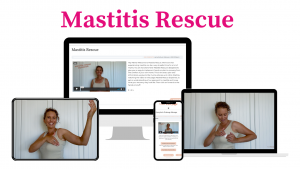What is Flange Fit all about?
Hey there, awesome mamas! So, you’ve joined the exclusive club of breast pumpers—a group that deserves all the high-fives and cheers for the dedication it takes to keep those milk machines going. But let’s talk about a topic that might not get as much love as it should: flange fit. Yup, that’s right, those little plastic or silicone wonders that can make or break your pumping experience.
Get ready for a fun and informative ride through the land of flanges!
Why Flange Fit Matters
Imagine wearing shoes that are too small or too big—painful, right? The same goes for flanges. The right fit can mean the difference between a smooth, comfortable pumping session and a torturous ordeal. Incorrect flange size can lead to:
- Sore Nipples: Nobody’s got time for that.
- Blisters and Bruises: Ouch!
- Inefficient Milk Removal: Your baby needs that liquid gold.
- Mastitis: The dreaded, painful inflammation we all want to avoid.
Measure Up, Mama!
Before you dive into the flange pool, let’s talk measurements. Grab a ruler or a measuring tape and follow these steps:
- Measure Your Nipple: Not the areola, just the nipple. Measure the diameter at the base. Do this in millimeters because we’re getting precise here.
- Add a Few Millimeters: Add about 2-3 mm to your measurement. This gives your nipple a little wiggle room, ensuring it’s not too snug.
For example, if your nipple measures 17 mm, you’ll want a flange that’s around 19-20 mm. Easy peasy!
Did you know? Relaxation Techniques can make all the difference. Take deep breaths, listen to soothing music, or practice mindfulness to reduce stress and promote milk production.
Flange Shopping: The Fun Begins.
Now that you’ve got your measurements, it’s time for the fun part—shopping! Here’s what you need to consider:
A. Variety is the Spice of Life: Flanges come in all shapes and sizes, just like our wonderful bodies. Don’t be afraid to try a few different ones to find your perfect match. Brands like Medela, Spectra, and Pumpin’ Pal offer a range of sizes and shapes.
B. Material Matters: Flanges are usually made of hard plastic, but some brands offer soft silicone options. Silicone can be more comfortable for some moms, so it’s worth giving it a shot if you’re experiencing discomfort.
C. Angle Your Approach: Some flanges are angled to mimic the natural position of breastfeeding. This can help with milk flow and comfort. Look for brands that offer angled flanges if you’re having trouble with straight ones.
Why did the breast pump get kicked out of the comedy club? Because its flange jokes just didn't fit!
(Just like finding the right flange size, sometimes you need to try a few options before you find the one that really works!
Testing, Testing: How to Know It’s Right
So, you’ve got a flange in hand, but how do you know it’s the one? Here are some tips:
- Watch the Nipple Movement: Your nipple should move freely in the flange tunnel without rubbing against the sides. If it’s too tight or your areola is being pulled in, you might need a larger size.
- Check for After Effects: After pumping, your nipple should look the same as it did before—just a bit longer. If it’s white, red, or swollen, your flange size might be off.
- Comfort is Key: Pumping shouldn’t be painful. If you’re experiencing pain, pinching, or discomfort, try a different size or material.
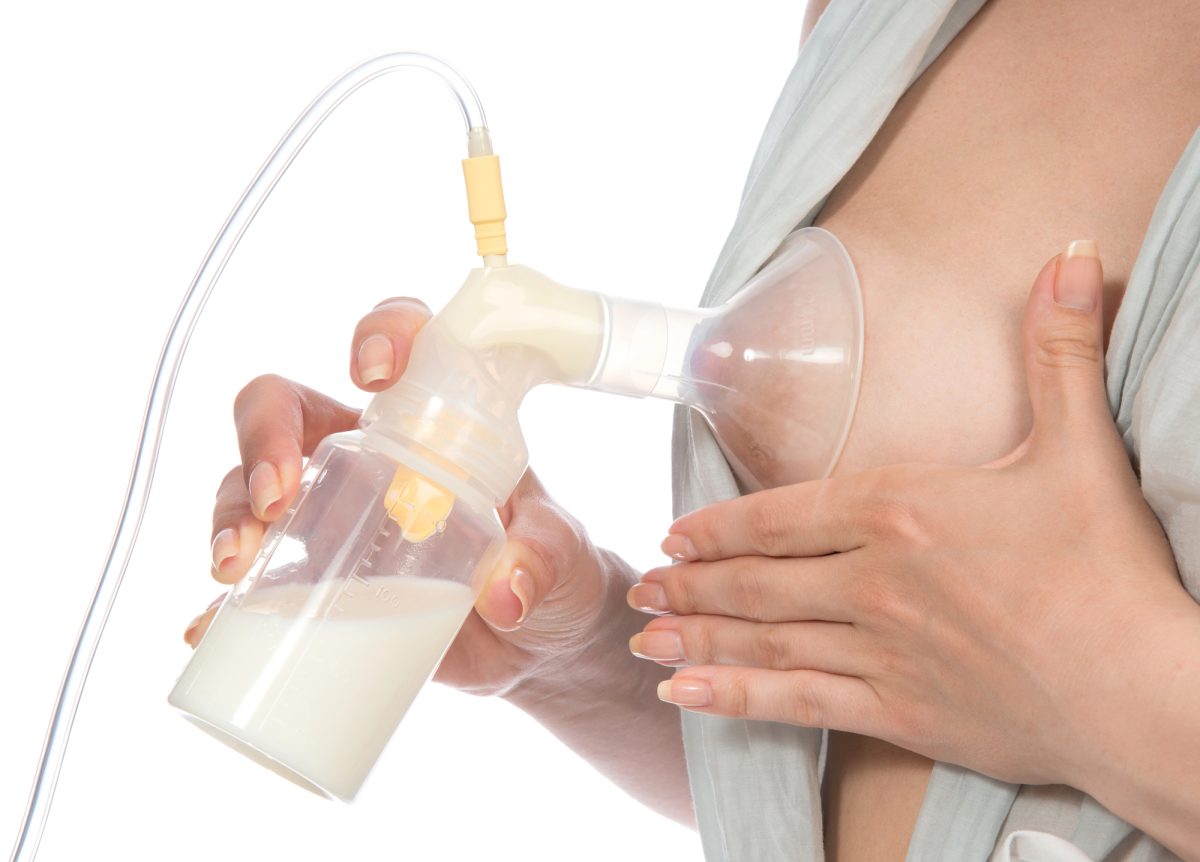
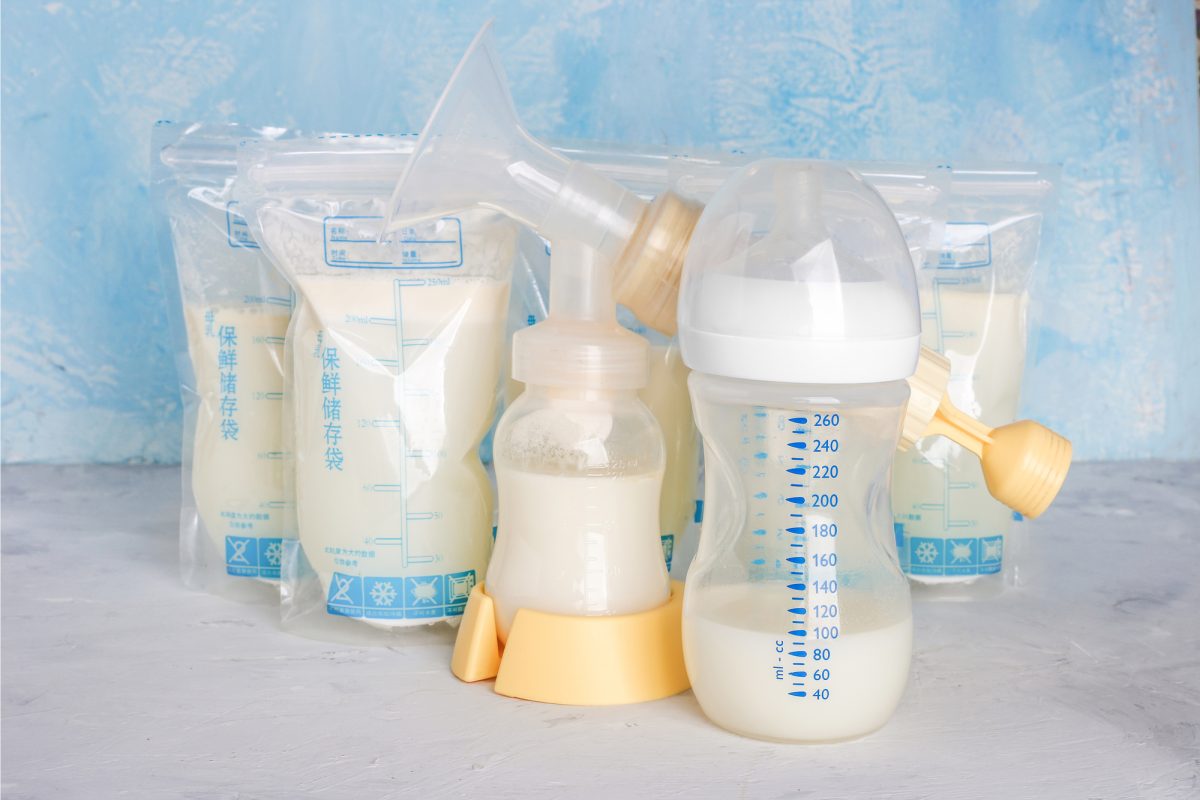
Troubleshooting Tips
- Even with the perfect flange, you might run into some issues. Here are some quick fixes:
- Adjust Suction: Sometimes, too much suction can cause pain. Start on a lower setting and gradually increase it to a comfortable level.
- Lubricate: A little bit of nipple cream or olive oil on the flange can reduce friction and make pumping more comfortable.
- Massage and Warm Compresses: Before pumping, use a warm compress and gently massage your breasts. This can help stimulate milk flow and make the process smoother.
Flange Fitting Adventures: Real Mamas Share
We asked some super moms to share their flange fitting experiences, and here’s what they had to say:
- Jessica, Mom of Two: “I tried three different sizes before finding the right one. It was like Cinderella’s slipper, but for my boobs. Totally worth it!”
- Lena, First-Time Mom: “Silicone flanges were a game-changer for me. So much more comfortable than plastic!”
- Maria, Twin Mom: “Don’t be afraid to ask for help. A lactation consultant helped me find the right fit, and it made all the difference.”
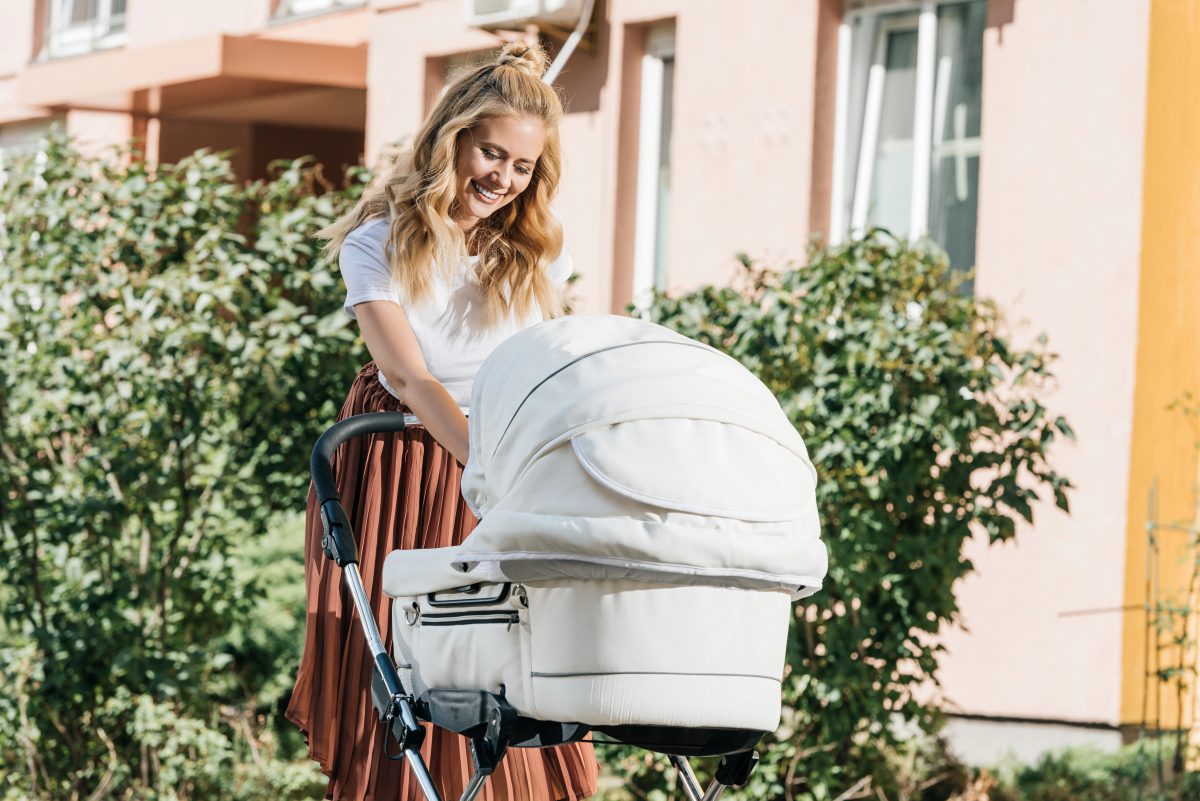
Pump On Mama
Finding the right flange fit can feel like a journey, but it’s one worth taking. With the right fit, you’ll pump more comfortably and efficiently, leaving you more time to enjoy with your little one. So, measure up, test those flanges, and pump on, super moms!
You’ve got this!

Author: Dr Katie Willy
Osteopath & Your Two Jugs Co-Founder
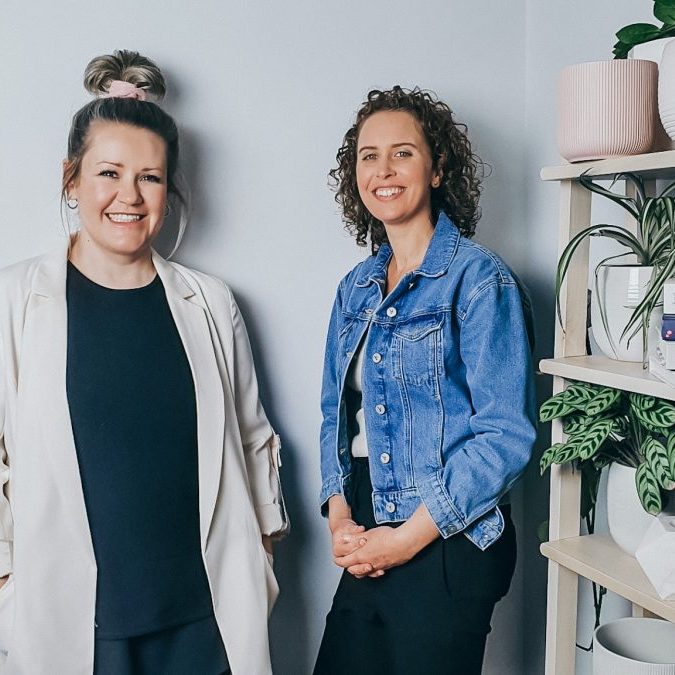
Elise Fuller & Katie Willy
Osteopaths & Your Two Jugs Co-Founders
Elise & Katie are Melbourne based osteopaths who have been actively treating breastfeeding women in clinic since 2015. During 2020 lockdown they launched Your Two Jugs to educate more mamas about how to treat their own mastitis, blocked ducts and engorgement. Their online video based courses Boobology and Mastitis Rescue is available now with all the techniques we show our mamas in clinic.
Your Two Jugs is passionate about support for mamas from the top. Boob Hero is a comprehensive health care practitioner course to educate manual therapists on their contribution to supporting breastfeeding women with hands on care. Empowerment all starts with education, and the more support available for women, the better.


